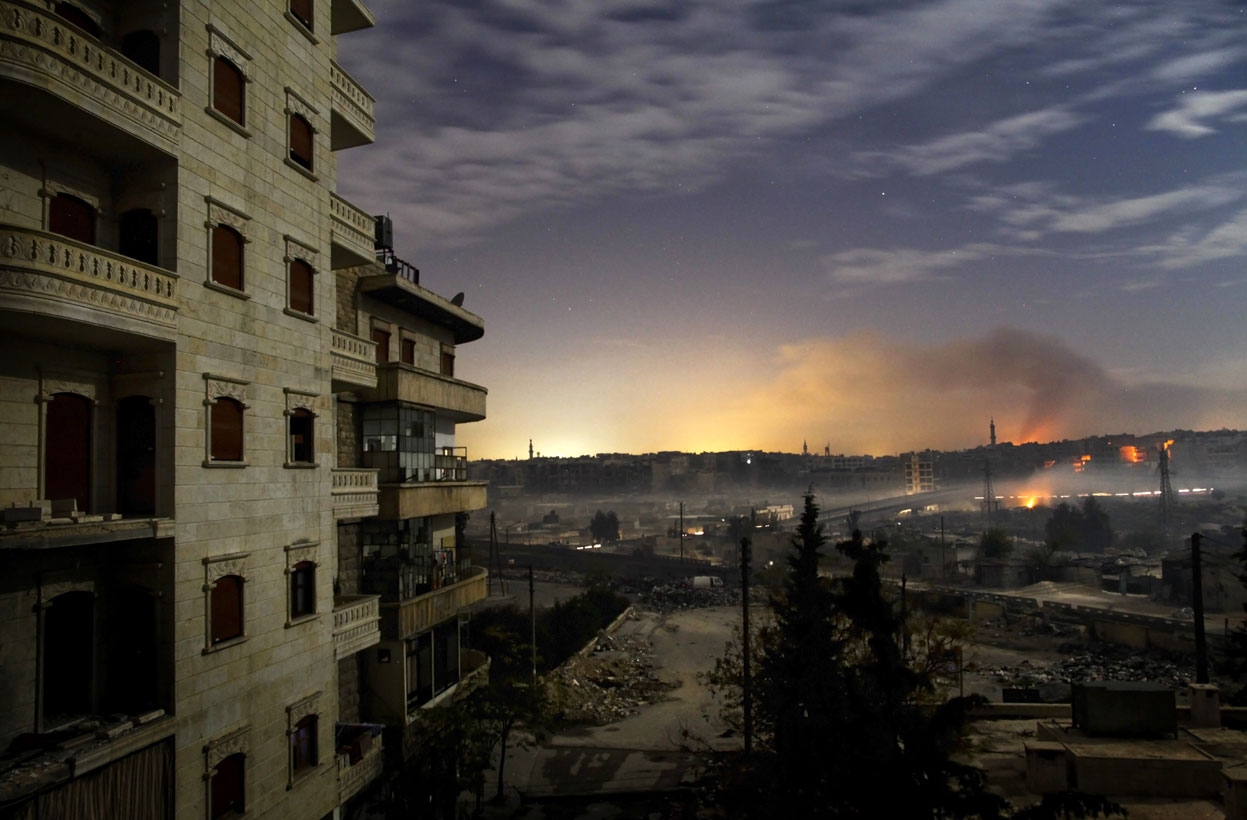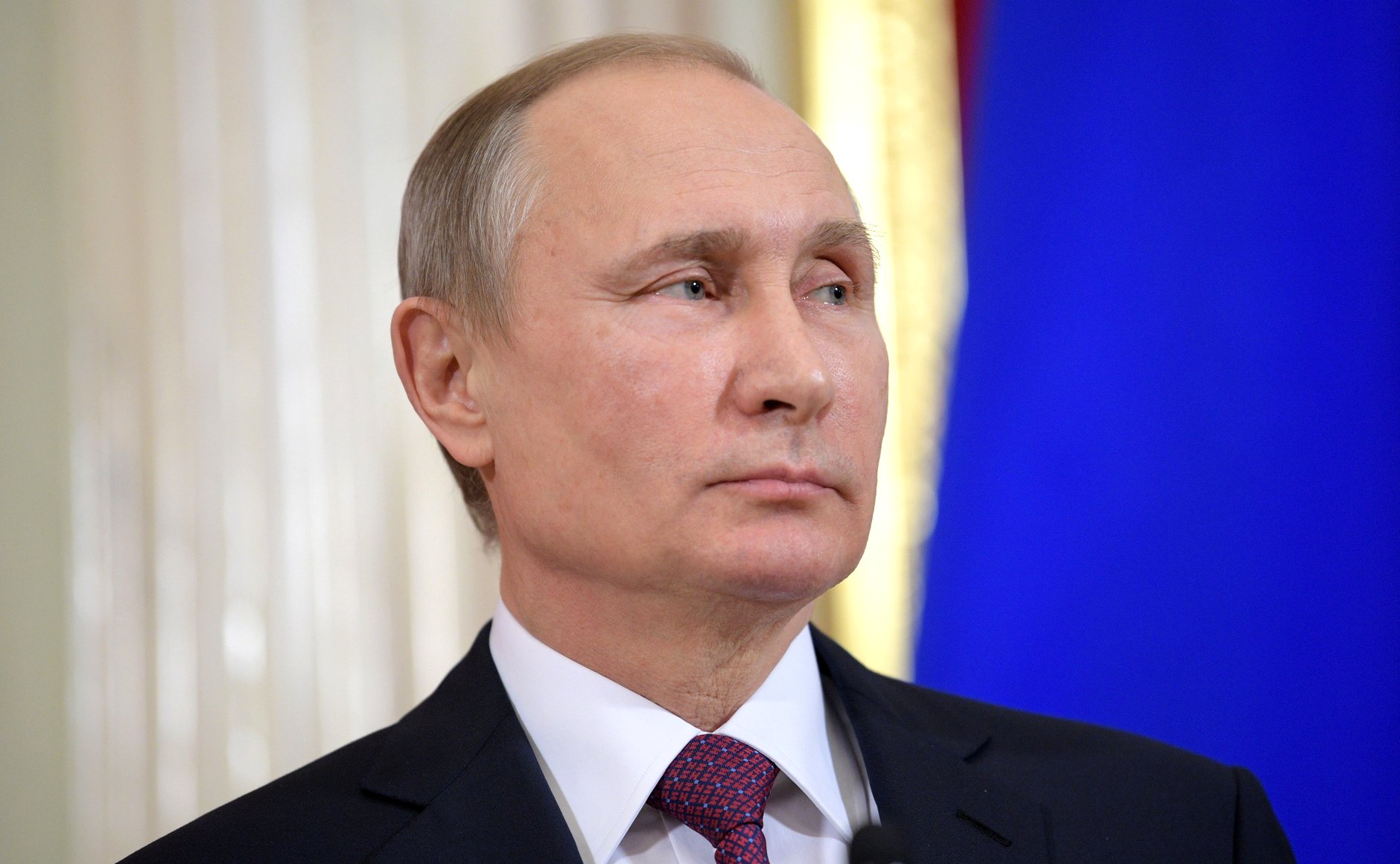
 Syria - a review of the situation so far
Syria - a review of the situation so far
Tuesday 20th March 2018 | Jake
Confusion reigns as the Syrian civil war enter's its seventh year. Movements have splintered into factions, new armies move in and old ones disband, and countries find new allies and enemies every month.
The complexity of the conflict shouldn’t overshadow its importance. To date, the Syrian civil war has taken the lives of over 400,000 Syrians, according to the UN (a number of sources put the figure significantly higher), and more than half of the pre-war population have fled the country. So when will the bloodshed stop? To have any kind of clue we have to understand the current situation, who is involved and what are their respective aims?
Pro-Assad forces

Bashar al-Assad
The war in Syria stems from a complete breakdown in trust from the public in their leader, Bashar al-Assad. Protests linked to the Arab spring movement were quashed violently by the government and the resulting anger boiled over into all-out war. Although despised by millions, Assad retains some support, especially within the army.
Free Syrian Army

The Free Syrian Army (FSA) were the first organised insurgency group to establish themselves from the spate of protests that gripped the nation in 2011. The group is led by former high-ranking army officials, disillusioned with the actions of Assad. The majority of these soldiers, like Syria as a whole, are Sunni Muslim, as opposed to Assad, who belongs to the unorthodox Alawite sect of Shia Islam. Assad’s mistreatment of the Sunni population is commonly viewed as a key factor in the igniting of the civil war.
Islamic State

IS have lost almost all of their territory
The Islamic State of Iraq and the Levant (IS) lost their capital, Raqqa, in late 2017, it was the latest defeat in a decline that has been as swift as their ascent to the forefront of the conflict was. IS aimed to establish a caliphate stretching as far west as Spain, they follow Wahhabism, a puritanical strain of Sunni Islam.
IS announced themselves to the world in 2014 with a series of devastatingly successful campaigns in Iraq and Syria, within the space of a year they had control of vast oil fields and around eight million people. Their brutal extremism prompted a coalition, including Britain, to be formed and thus the West formally entered the Syrian civil war. Today IS has lost roughly 98% of the caliphate territory it ruled at its peak, according to the Economist. The newspaper also reports that some 70,000 of its soldiers have perished, a crushing majority of the 100,000 strong armies they boasted at their height.
The West

Although there have been strong disagreements in how to approach the civil war, the West organised a coalition to eliminate the threat of IS. Led by the US, the coalition was soon overwhelmed by the complexity of the conflict. The US initially backed the removal of Assad but cooled on this aim to focus on removing Islamic extremist rebels from the conflict. Gradually withdrawing from the conflict, the majority of the West, particularly the US, support the Syrian Democratic Forces (SDF) an army made up of Kurdish and Arab forces that oppose Assad.
Russia

Whereas the West’s approach to the conflict can be labelled misguided they are positively transparent compared to the blurred intentions of Russia. Russia, like the West, has interests in the civil war. The pair entered the fray to combat extremism, Russia, however, supports the Assad government, believing him to be a key ally in the Middle East.
Putin has traded barbs with a number of leaders in the West, berating their support of the rebels, while leaders of the West decry Assad’s use of gas and indiscriminate bombing on civilians. Russia has repeatedly announced their departure from the conflict, saying their job is done, even organising an orchestra as a goodbye. They never actually leave though.
Kurdish Yekineyen Parastina Gel

The Kurdish Yekineyen Parastina Gel (YPG) are one of the largest Kurdish forces operating in Syria, alongside the Democratic Union Party (PYD). They are credited with leading the charge on the ground against IS, it was the Kurds of the YPG that put up a herculean defence of the city of Kobanî, under siege from the extremists. The defeat of IS in Kobanî is viewed by many as the turning point in the eventual defeat of IS in Syria. Today the YPG are being targeted by Turkey, who view the group as an arm of the PKK, a Kurdish political party outlawed by Erdoğan in Turkey and labelled a terrorist organisation.
Turkey

Erdoğan (left) and Putin are getting closer
Turkey is currently making strides in Northern Syria, bombarding the Kurdish stronghold of Afrin. Although originally against Assad, Russia has been pressing Turkey to support their fight, in return for allegiance in Turkey’s quest to remove Kurdish forces from the country. Turkey also proclaims itself against IS, the Kurds believe this is a lie and that Turkish forces are allied to IS.
Iran
Iran and Russia are allied on account of their support for Assad. Iran made their way into the conflict in 2012 to fight the Sunni rebels in Syria. Iran has a fierce enmity towards Israel (Iran backs the Lebanese group Hezbollah who have been involved in a number of violent altercations with Israel) and an intensifying rivalry with Saudi Arabia, Assad’s Syria thus represented a key ally in the Middle East. Together with Russia, Iran has sought to convince Turkey to support a peace deal which would keep Assad in charge of Syria.

Aleppo: devastated
A number of battles have already helped to shape the destiny of this war, for example, IS’s defeat in the siege of Kobanî signalled the beginning of their wider defeat in the civil war. Whilst the four-year-long battle for Aleppo, dubbed Syria’s Stalingrad, ended in victory for pro-Assad forces, it was a crushing defeat for the rebels. Today there are a number of hugely significant battles taking place that could further provide us with a picture of what Syria will look like after the civil war.
Eastern Ghouta

Situated near the Syrian capital of Damascus, the region of Eastern Ghouta has been held by rebel forces since 2012. Today, Assad forces, backed by Russia, are bombarding the area. 65 government air strikes, 80 barrel bombs and 200 rockets were dropped on the town of Hamouria on Wednesday the 14th of March alone. The majority of rebels belong to a clutch of Islamist groups, some believed to be backed by Saudi Arabia, the most prominent of which is the Jaysh al-Islam faction. Tens of thousands of civilians have fled the region since the government stepped up their assault on the 18th of February. A government victory now appears an inevitability.
Afrin

As mentioned previously, Turkey intensified their involvement in the Syrian civil war this year, in a bid to eradicate the presence of Kurdish forces in the northern region of Syria, targeting Afrin in particular. The YPG are facing an uphill struggle as Turkey’s fight is backed by the FSA. Coming to the Kurd's aid is the Syrian government, although they were met with fierce retaliation by the Turks. Turkish forces have now completely encircled Afrin, and a victory appears close. Russia may intervene in an attempt to appease Assad and Erdoğan, but so far a peace deal seems far off.
What next?
The Syrian civil war has lasted longer than World War II, but it is hoped an end to the bloodshed is in sight. Russia has been brutal, accused of carpet-bombing and starvation tactics among other things, but their approach has been a massive boost to Assad, who looks more and more likely to succeed in his attempt, for better or worse, to remain in office.
